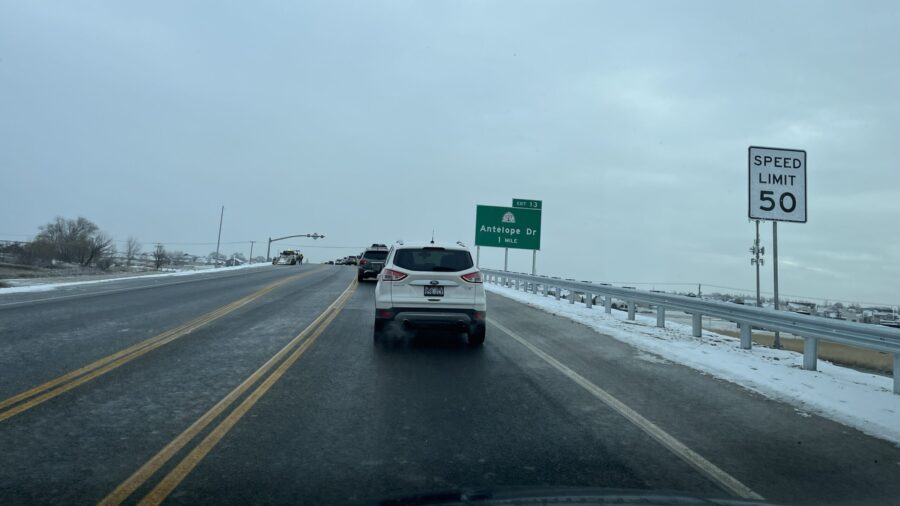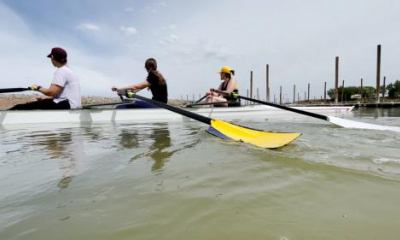SYRACUSE, Utah — Navigating western Davis County has been a lot easier over the past month. That’s how long the new West Davis Highway (SR 177) has been open.
It’s made traveling from work to home a lot easier for people living in the area, as well as for employees and visitors to Antelope Island.
“The thought was, ‘man when this is finished, it’s going to be so much easier access from Salt Lake,” said Wendy Wilson, manager of Antelope Island State Park.
Wilson told KSL NewsRadio many park staff members commute from the Salt Lake area. The drive used to require people to take I-15 to Antelope Drive in Layton, which is seven miles from the park’s causeway tollbooth entrance.
Now, drivers can connect to West Davis from I-15 and take a straight shot to the Antelope Drive exit only a little over two miles from the causeway.
Wilson said the new route saves drivers, “ten minutes easy, sometimes more depending on what traffic is looking like on I-15.”
An easier commute aside, Wilson thinks the new highway will directly impact the number of park visitors. Both now, and in the future.
“Our visitation is definitely going to go up,” Wilson said. When it comes to how much, Wilson said only time will tell.
A history of visitation at Antelope Island
Wilson has worked on Antelope Island since 2011. That year, the park had 280,000 visitors. In 2023, the park had triple that amount, well over one million.
The skyrocketing number of visitors, Wilson said, can be linked to Utah’s population boom, as well as more ways to get to the park. She also thinks education and people learning about the historic low water levels of Great Salt Lake led more people to see the disappearing lake for themselves.
The lake hit its lowest level in recorded history in November 2022. Then, it grew about 5.5 feet after the record 2023 water year. Today, following summer evaporation and a stormy start to 2024, it’s still about 4.5 feet higher than its record low.
Wilson believes some visitors came to the lake over the last few years thinking they had to see it “before it’s gone.” While that is a very real concern for people living along the Wasatch Front, state lawmakers and water managers have been working tirelessly to find solutions for the lake. And not only to save it, but preserve it for the future.
Their work has two goals. First, to preserve an iconic piece of Utah’s identity. Second, lawmakers want to prevent, as much as possible, a cloud of toxic dust from the exposed lakebed from entering the lungs of millions of Utahns and wreaking havoc on an entire ecosystem.
While the boost from Mother Nature over the last year was a welcome sight for visitors, and for Wilson, she said she hopes that people who first visited the lake to see it at its worst will visit again when the day comes that Great Salt Lake is at a healthy level again.
“The difference is amazing … incredible and awe-inspiring,” Wilson said.









